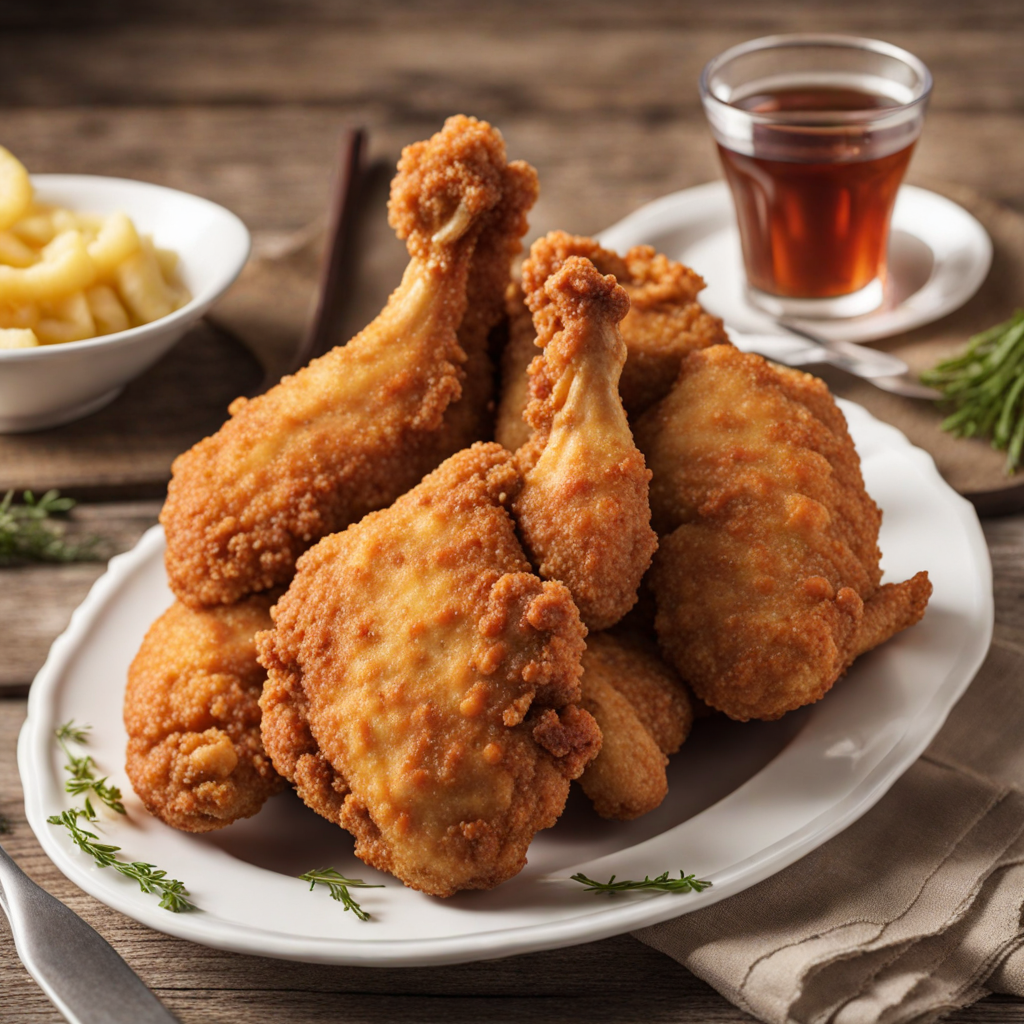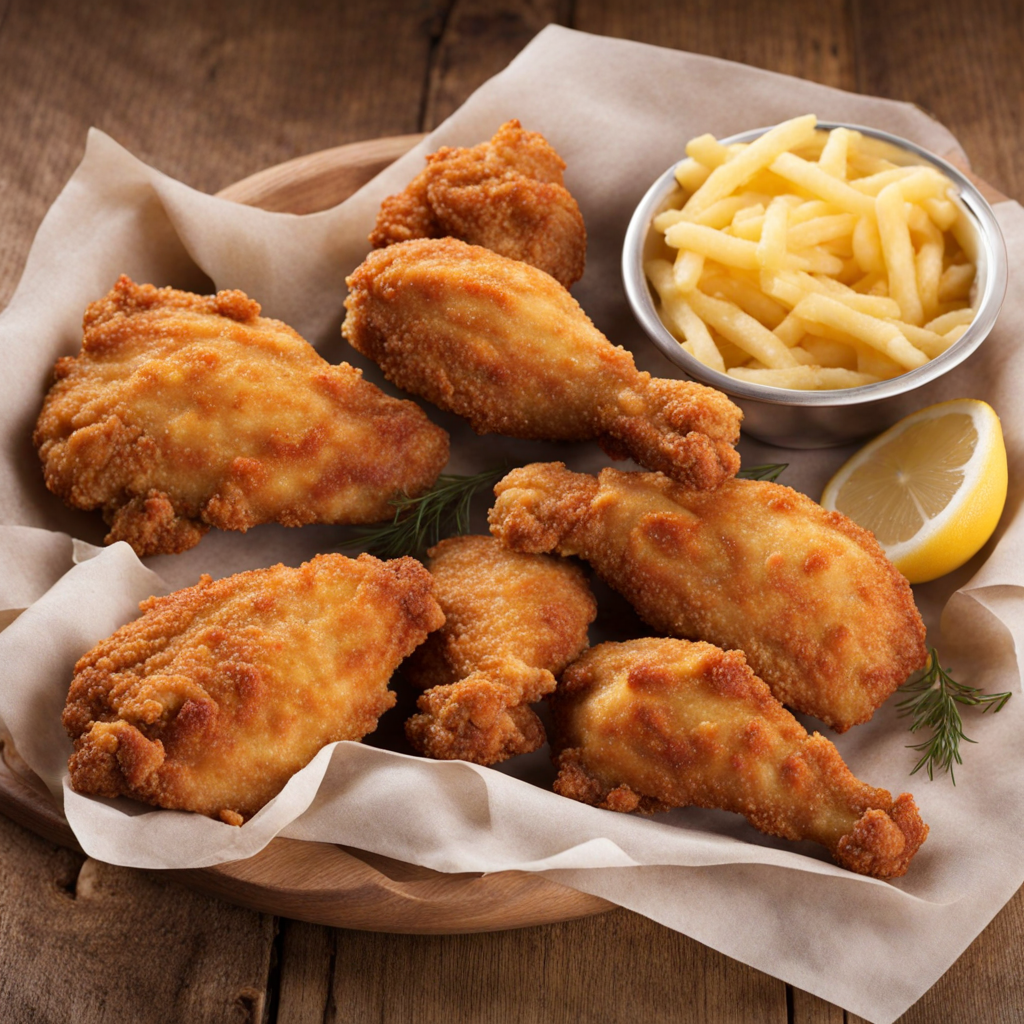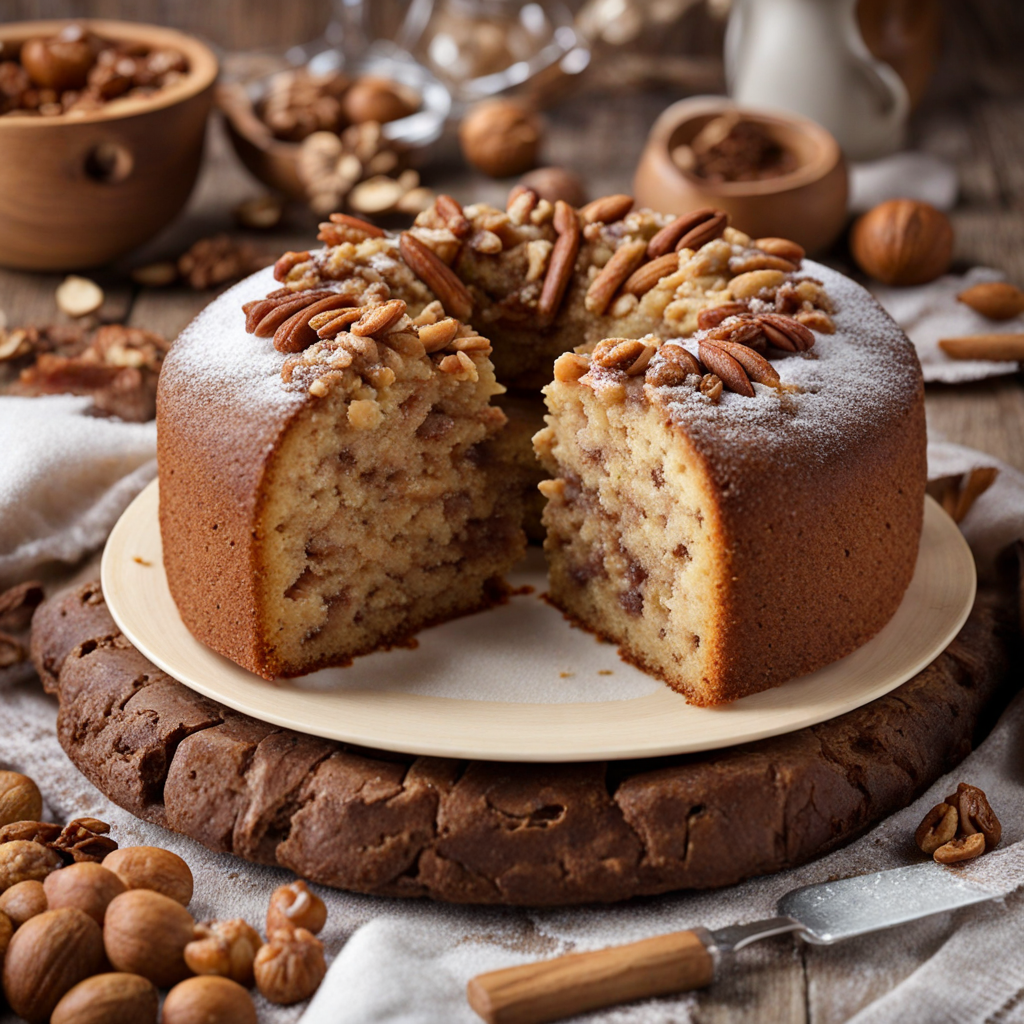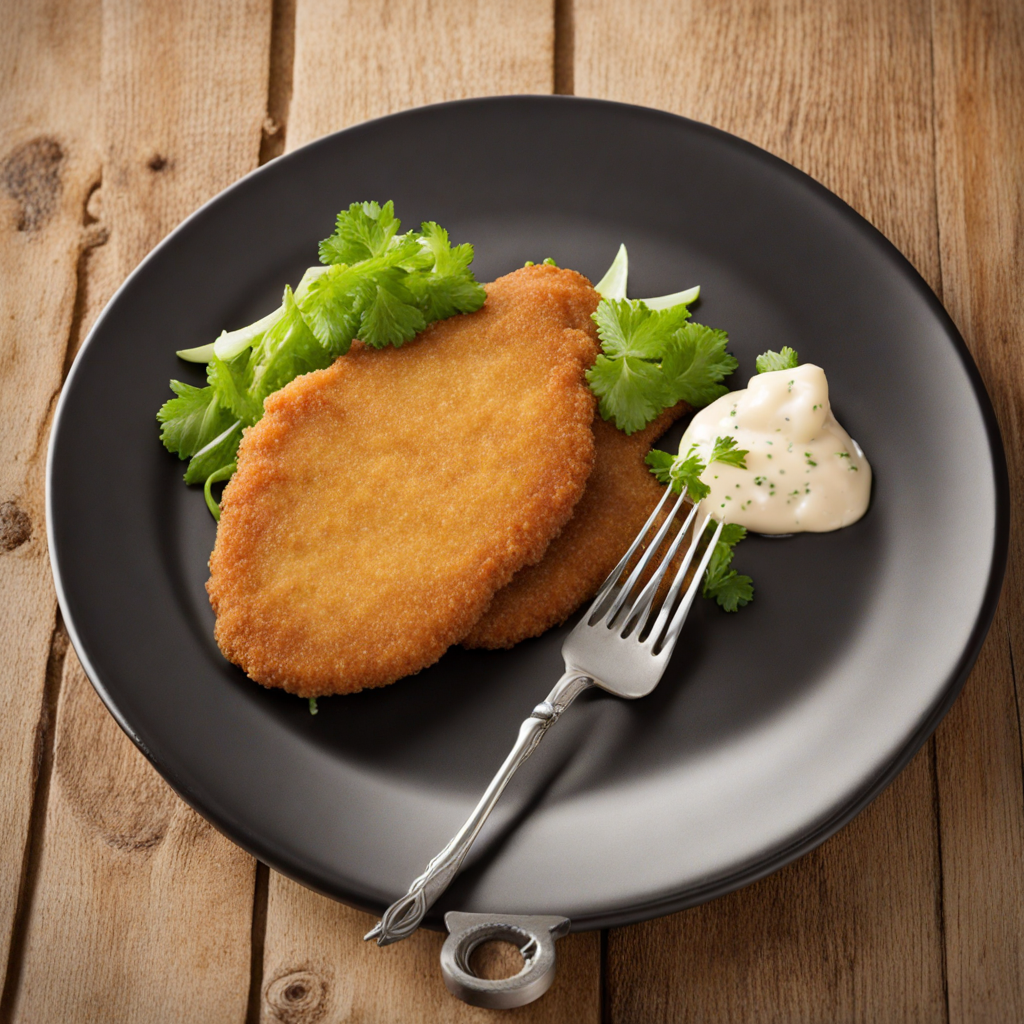Backhendl
Backhendl is a traditional Austrian dish that showcases the country’s love for crispy, fried chicken. This culinary delight is typically made from whole chicken pieces that are marinated in a mixture of spices, herbs, and sometimes a splash of lemon juice, which helps to tenderize the meat while infusing it with flavor. The chicken is then coated in a light batter, often a combination of flour and breadcrumbs, before being deep-fried to golden perfection. The result is a succulent interior that contrasts beautifully with the crunchy, aromatic exterior, making each bite a delightful experience. Served hot, Backhendl is often accompanied by a side of potato salad, which adds a refreshing and slightly tangy element that complements the richness of the fried chicken. In some regions, it is paired with a simple green salad or a slice of lemon, enhancing the dish’s overall vibrant flavor profile. The use of high-quality, locally sourced chicken is essential to achieve the best taste, and many restaurants pride themselves on preparing Backhendl using traditional methods that have been passed down through generations. This dish is not just a meal; it embodies the spirit of Austrian cuisine, celebrating hearty ingredients and comforting flavors. Whether enjoyed at a cozy local tavern or during a festive gathering, Backhendl offers food lovers the chance to savor a unique taste of Austria. The experience of biting into the crispy skin, followed by the juicy meat, is a culinary journey that captures the essence of this charming Alpine nation.
How It Became This Dish
The History of Backhendl: Austria's Culinary Gem Backhendl, the beloved Austrian fried chicken, is not merely a dish but a cultural institution that encapsulates the culinary heritage of the region. With its crispy, golden exterior and tender, juicy meat, Backhendl has won the hearts of many both within Austria and beyond. The journey of this dish through time reflects the evolution of Austrian cuisine, the influence of various cultures, and the significance of food in social gatherings. #### Origins: A Culinary Mosaic The roots of Backhendl can be traced back to the medieval period in Europe, particularly in the regions that now comprise modern Austria. The consumption of poultry, especially chickens, has a long history that dates back to ancient civilizations. Chickens were likely domesticated in Southeast Asia and spread through trade routes into Europe. By the Middle Ages, poultry became a staple in the diets of the upper classes, while the peasantry would often keep chickens for eggs and occasional meals. The term "Backhendl" itself derives from the German word “backen,” meaning to bake or roast, and “Hendl,” meaning chicken. This reflects the traditional preparation methods that involved roasting or baking the chicken. However, the dish as we know it today—fried chicken—was influenced by various cooking techniques brought to Austria by different cultures over the centuries. The introduction of frying as a cooking method is often attributed to the influence of the Ottoman Empire during its expansion into Central Europe in the 16th and 17th centuries. The Ottomans had a profound impact on culinary practices, and their methods of frying foods began to integrate into local Austrian cuisine. This blend of culinary traditions helped shape what would eventually become Backhendl. #### Cultural Significance: A Dish for Celebrations Backhendl is more than just a dish; it carries with it the essence of Austrian hospitality and tradition. It is often served at festive occasions, family gatherings, and local fairs, making it a symbol of community and togetherness. In Austria, one of the most famous places to enjoy Backhendl is during the annual fairs and markets, where vendors set up stalls to serve this dish hot and fresh. In Vienna, Backhendl has found its place in the culinary scene, particularly in traditional restaurants known as “Gasthäuser.” These establishments play a crucial role in preserving the culinary heritage of the region. The dish is typically accompanied by potato salad, cucumber salad, or a simple green salad, allowing the flavor of the chicken to shine. The combination of crispy fried chicken with refreshing sides exemplifies the balance and harmony that characterize Austrian cuisine. In the 19th century, Backhendl gained further prominence with the rise of the Viennese café culture. Cafés became the social hubs of the city, and many offered Backhendl on their menus, making it accessible to a broader audience. The dish became synonymous with leisurely afternoons spent enjoying good food and conversation, reinforcing its status as a staple of Austrian culinary life. #### Development Over Time: From Rustic to Refined As Austria transitioned through various historical phases, so too did Backhendl. The dish has evolved from its rustic origins to become a refined culinary offering, showcasing the artistry of Austrian chefs. In rural areas, Backhendl was often prepared in a straightforward manner, with minimal seasoning and a focus on the quality of the chicken itself. However, as culinary techniques advanced, so did the preparation of this dish. In the 20th century, particularly post-World War II, there was a resurgence of interest in traditional Austrian foods, including Backhendl. Chefs began experimenting with various marinades, spices, and frying techniques, elevating the dish to new culinary heights. Some chefs introduced a buttermilk marinade, which helps tenderize the chicken while adding a subtle tang to the flavor profile. Others experimented with different breading techniques, incorporating ingredients such as cornflakes or panko for an extra crunch. The introduction of regional variations also played a significant role in the evolution of Backhendl. Different provinces in Austria began to put their spin on the dish, utilizing local ingredients and flavors. For example, in Styria, a region known for its pumpkin seed oil, some recipes incorporate this unique oil into the frying process, imparting a distinct flavor that sets it apart from the traditional Backhendl. With globalization and the growing interest in world cuisines, Backhendl has also made its way onto international menus, gaining recognition far beyond Austria’s borders. It has become a dish that represents the heart of Austrian comfort food, appealing to both locals and tourists alike. In recent years, chefs around the world have reinterpreted Backhendl, infusing it with modern culinary trends while still honoring its traditional roots. #### Conclusion: A Timeless Delight Backhendl is a dish steeped in history, culture, and tradition. From its humble beginnings as a simple roasted chicken to its status as a beloved culinary staple, it reflects the diverse influences that have shaped Austrian cuisine over the centuries. Its presence at social gatherings and festive occasions highlights the importance of food as a means of connection and community. As we look towards the future, Backhendl continues to adapt while remaining true to its roots. It serves as a reminder of the rich culinary heritage of Austria, inviting both locals and visitors to indulge in a timeless delight that transcends generations. Whether enjoyed at a local fair, a cozy Gasthaus, or a trendy restaurant, Backhendl remains a cherished symbol of Austrian culture, embodying the warmth of home and the joy of shared meals. In every crispy bite, one can taste the history, the passion, and the love that has gone into making Backhendl a true culinary masterpiece.
You may like
Discover local flavors from Austria







